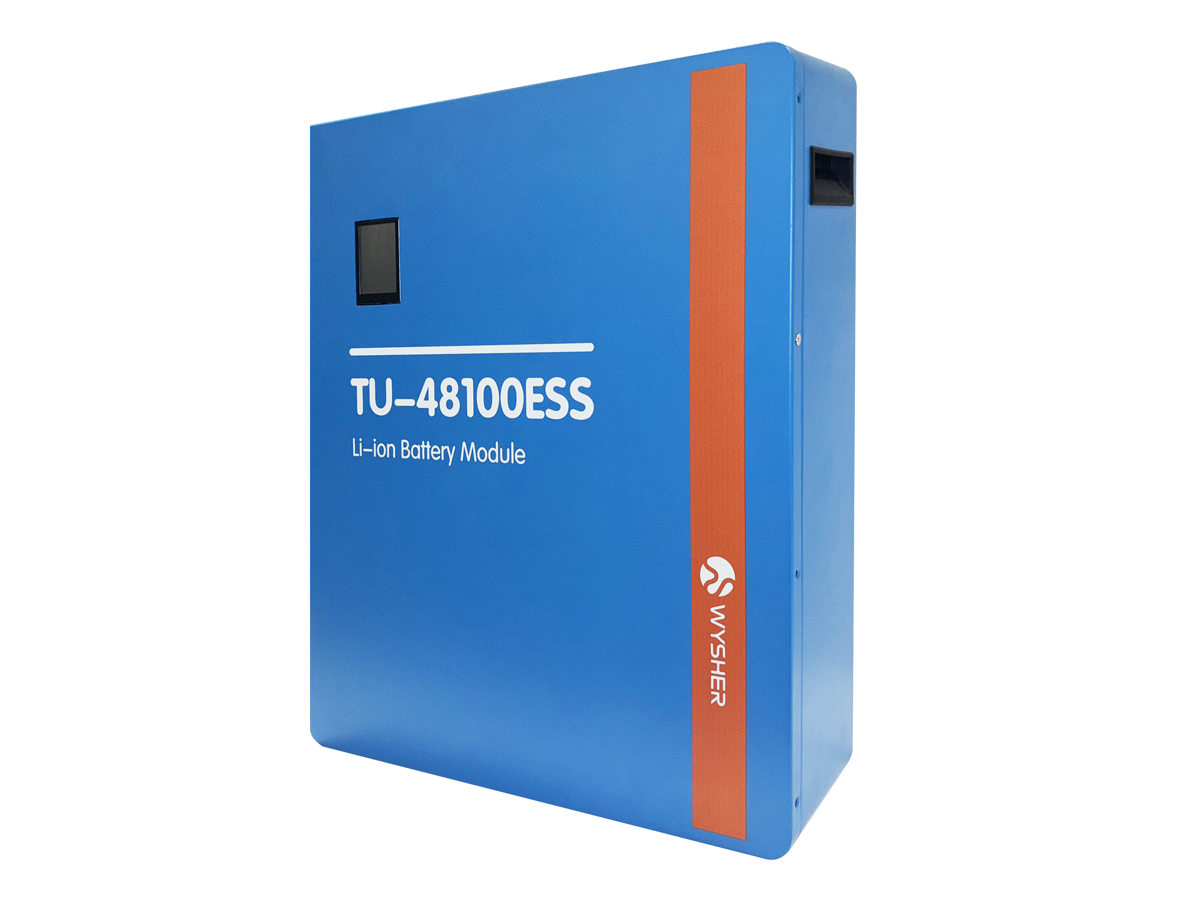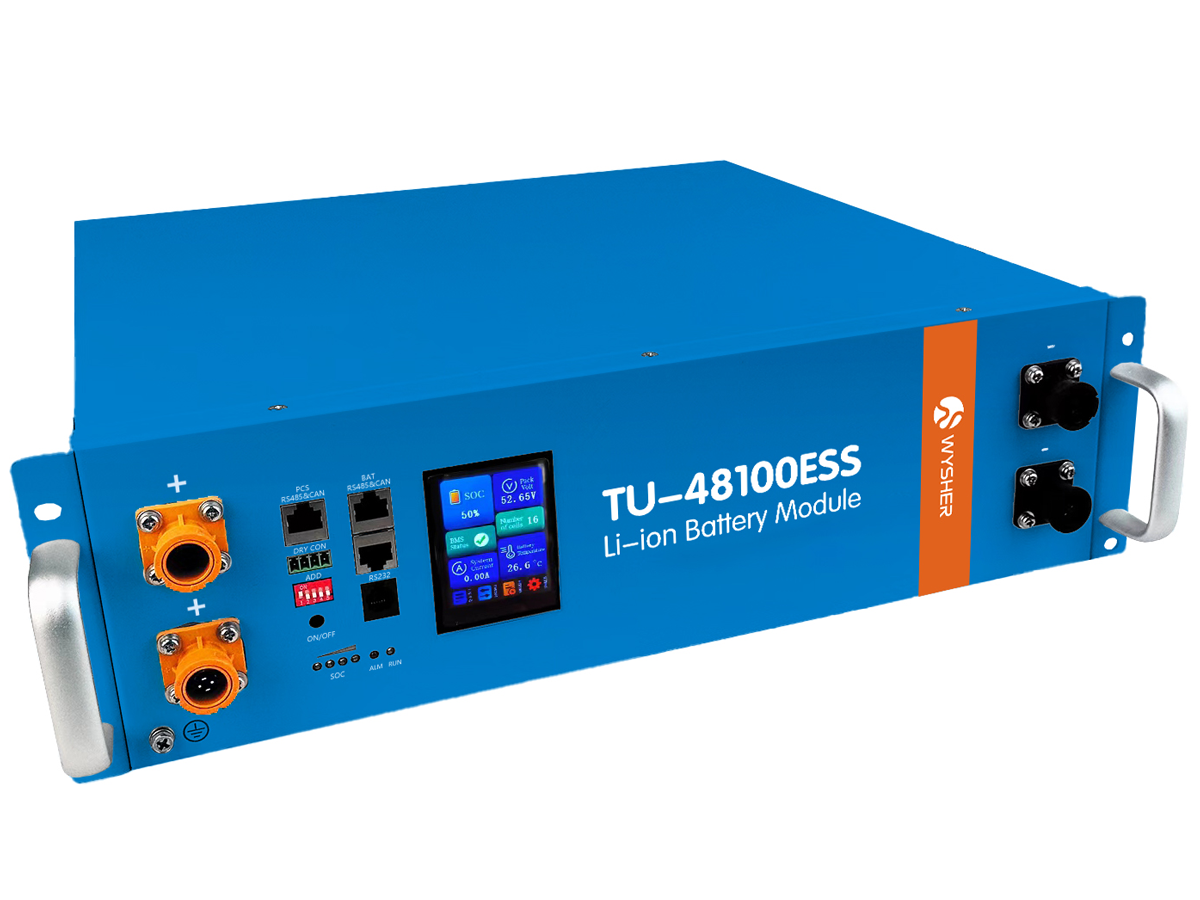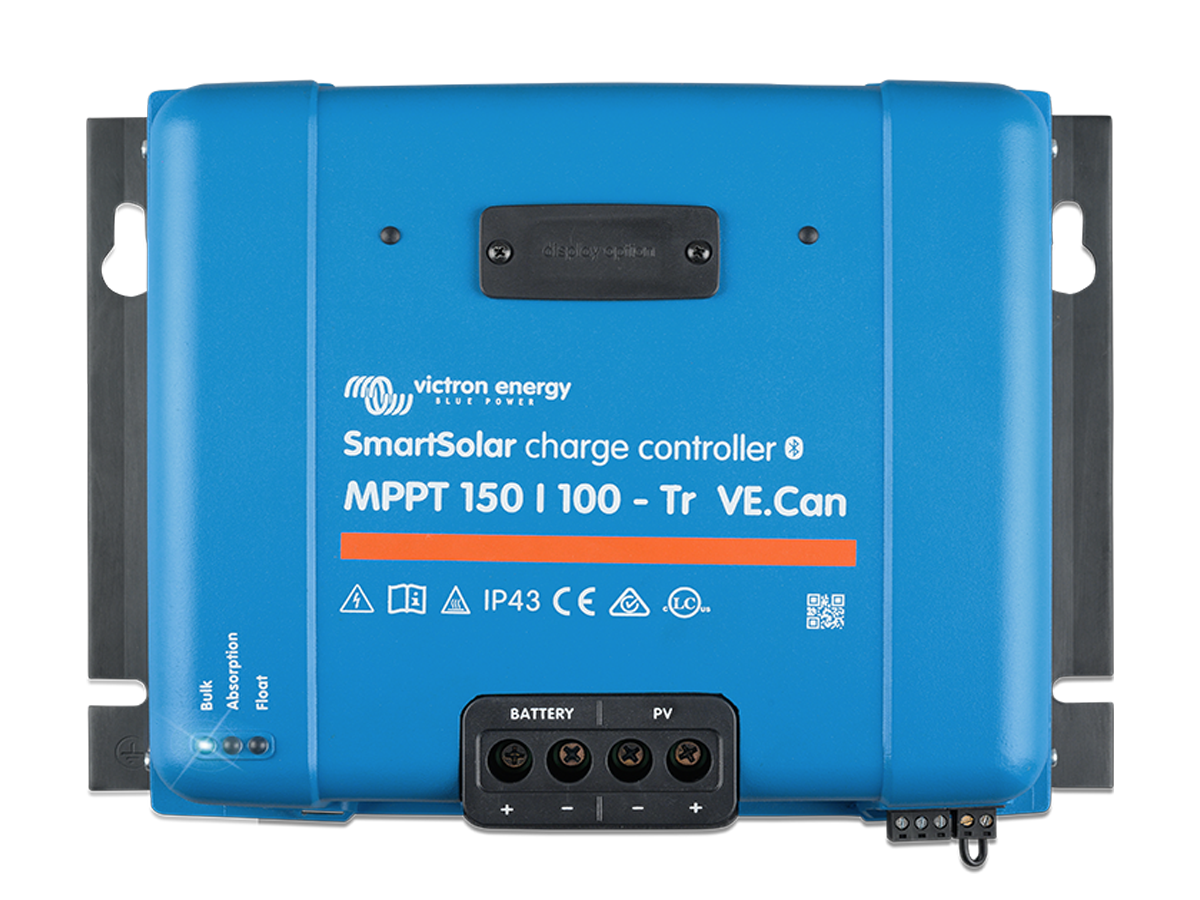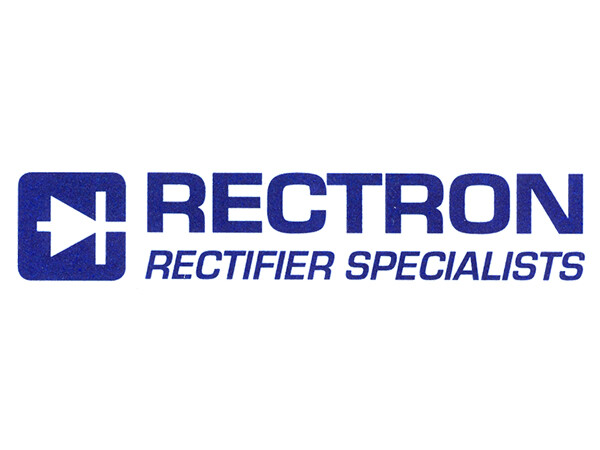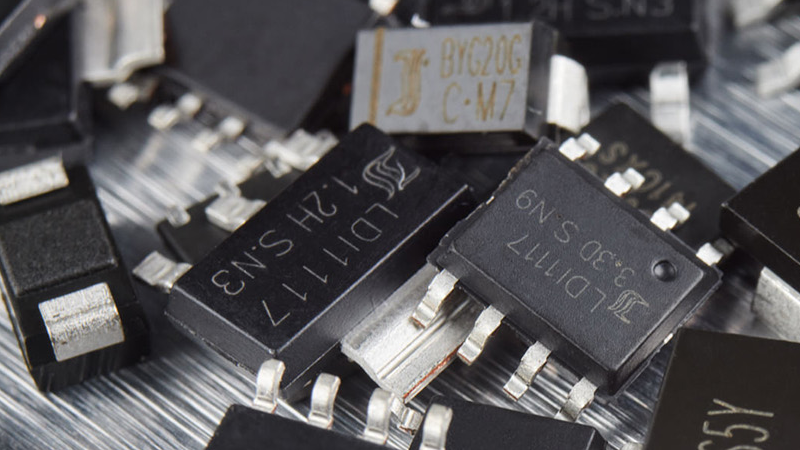

Taiwan Semiconductor Co., Ltd. (hereinafter referred to as Taiwan Semiconductor) was founded in 1979. It has become the leading manufacturer of power semiconductor components in the world, with 2000 employees worldwide. In addition to the sales points in Asia, it also has business bases in Europe, America and other places, with a revenue of more than 1.2 billion yuan.
The group has been committed to R&D, innovation and integration of core technologies for many years. Its products include all-round supply power management IC, rectifier, electrostatic protection element, bridge rectifier, metal oxide half effect transistor, insulated gate bipolar transistor, trigger diode and silicon controlled rectifier. The core competitiveness of Taiban comes from more than 30 years of manufacturing experience, leading patented technology and global sales channels.
At present, Taiwan Semiconductor have obtained quality certificates such as TS16949, ISO9001 and ISO14001. It has also been awarded as the best partner of the world's automotive electronic system factory, large consumer electronics factory and EMS factory. Taiwan Semiconductor has a number of excellent R & D patents in the world. Through the strong partnership established with each customer, Taiwan Semiconductor has steadily created win-win enterprise development. Standing at the forefront of the supply chain in the world electronic market, Taiwan Semiconductor's products are closely connected with every consumer in the world.
Taiwan Semiconductor:Related Questions and Answers
✔ What are the most common components of Taiwan Semiconductor?
✔ What is the difference between electronic components and components?
✔ What are the characteristics of Taiwan semiconductor electronic components?
✔ How to distinguish the model of electronic component chip?
✔ What are the inspection techniques for electronic components?
✔ What is the minimum order quantity of Taiwan semiconductor?
✔ What are horizon advantages over Taiwan semiconductor products?
✔ Where can I buy Taiwan semiconductor electronic components?
✔ What factors affect the product cost of Taiwan Semiconductor?
✔ What is the difference between active and passive electronic components?
✔ What are the requirements for an excellent electronic component supplier?
Taiwan Semiconductor Co., Ltd. (hereinafter referred to as Taiwan Semiconductor) was founded in 1979. It has become the leading manufacturer of power semiconductor components in the world, with 2000 employees worldwide. In addition to the sales points in Asia, it also has business bases in Europe, America and other places, with a revenue of more than 1.2 billion yuan.
What are the products of Taiwan semiconductor
Its products include all-round supply power management IC, rectifier, electrostatic protection element, bridge rectifier, metal oxide half effect transistor, insulated gate bipolar transistor, trigger diode and silicon controlled rectifier. The core competitiveness of Taiban comes from more than 30 years of manufacturing experience, leading patented technology and global sales channels.
What are the five major electronic components?
Diode、Triode、Resistor、Capacitor、Mosfet
What are the most common components of Taiwan Semiconductor?
Rectifier、TVS、Analog IC、Mosfet
There are several types of Taiwan semiconductor products?
Mosfets、Protection Devices、AEC-Q Qualified、Diodes、ECAD Models、ICs
What is the difference between electronic components and components?
At present, Taiwan Semiconductor have obtained quality certificates such as TS16949, ISO9001 and ISO14001. It has also been awarded as the best partner of the world's automotive electronic system factory, large consumer electronics factory and EMS factory. Taiwan Semiconductor has a number of excellent R & D patents in the world. Through the strong partnership established with each customer, Taiwan Semiconductor has steadily created win-win enterprise development. Standing at the forefront of the supply chain in the world electronic market, Taiwan Semiconductor's products are closely connected with every consumer in the world.The basic parts used to manufacture or assemble electronic devices are called electronic components, which are independent individuals in electronic circuits. Generally, electronic components can be divided into components and equipment. What is the difference between electronic components and devices?
Next, we will distinguish from different angles.
1. From the perspective of manufacturing
Components: electronic products that do not change the molecular structure of materials in the manufacturing process are called components.
Devices: products that change the molecular structure of materials in the manufacturing process are called devices, but the manufacturing of modern electronic components involves many physical and chemical processes. Many electronic functional materials are inorganic non-metallic materials, and the crystal structure changes during the manufacturing process. Obviously, this distinction is unscientific.
2. From the perspective of structural units
Components: products with single structure mode and single BZX84C7V5LT1G performance characteristics are called components.
Equipment: a product composed of two or more components with different performance characteristics from a single component is called equipment. According to this distinction, resistance and capacitance belong to components, but the names of resistance and capacitance are confused with the concept of "device". With the emergence of array resistance capacitance components such as exclusion and capacitance, this distinction method becomes unreasonable.
3. From the reaction to the circuit
A single component through which the current can change the frequency amplitude or flow direction is called a device; Otherwise, they are called components. For example, triodes, thyristors and integrated circuits are components, while resistors, capacitors and inductors are components. This distinction is similar to the international classification of active components and passive components. In fact, it is difficult to distinguish components from equipment. It is better to call them components for short! What are discrete components? Discrete components are relative to integrated circuits (ICS). In the development technology of electronic industry, due to the emergence of semiconductor integrated circuits, electronic circuits have two branches: integrated circuits and discrete component circuits.
Icintegratedcircuit (ICIC) is an electronic component with circuit function. It connects the components and wiring required by transistors, resistors, capacitors and other circuits, and makes them on one or several small semiconductor chips or dielectric substrates.
What are the most used semiconductor materials?
The most used semiconductor materials are silicon, germanium, and gallium arsenide. Of the three, germanium was one of the earliest semiconductor materials used.
What are the characteristics of Taiwan semiconductor electronic components?
At present, Taiwan Semiconductor have obtained quality certificates such as TS16949, ISO9001 and ISO14001. It has also been awarded as the best partner of the world's automotive electronic system factory, large consumer electronics factory and EMS factory. Taiwan Semiconductor has a number of excellent R & D patents in the world. Through the strong partnership established with each customer, Taiwan Semiconductor has steadily created win-win enterprise development. Standing at the forefront of the supply chain in the world electronic market, Taiwan Semiconductor's products are closely connected with every consumer in the world.
What are the characteristics of electronic components?
1. There are many categories and varieties of products.
According to the classification and coding statistics of electronic products compiled by the former electronics department, there are 206 categories and 2519 sub categories of electronic components except integrated circuits, including 13 categories and 260 sub categories of electric vacuum components; Semiconductor discrete devices (including laser, optoelectronic devices, etc.) fall into 18 categories and 379 sub categories; There are 17 specialties of electronic components, 161 categories and 1284 sub categories. There are 14 categories and 596 sub categories of electronic materials.
2. This is a highly professional and multidisciplinary collection.
There are great differences in production process and equipment, detection technology and equipment. This is not only the difference between electric vacuum devices, semiconductor devices and electronic components, but also the difference between the main categories and even sub categories of various industries. For example, different display devices, different components, that is, different capacitors, resistors and sensitive elements are also different. Of course, similar products need different production technologies and methods at different stages. Therefore, there is a production line for electronic components, and the first generation of components is the first generation of production line; Some enterprises specializing in the production of multilayer printed circuit boards need to add new equipment every year.
3. Complete set and series.
This is determined by the electronic circuit, frequency band and frequency characteristics, accuracy, function, power, storage and use conditions, environment and service life requirements of the whole machine.
4. The investment intensity changes greatly in different periods, especially the production scale, product output, production conditions and production environment requirements.
Among them, the investment scale of high-tech products requiring large-scale production often reaches 100million US dollars, and the lowest is 50million US dollars; Although other products are technically difficult, their output is limited, the degree of equipment automation is low, and the investment intensity is much smaller.
5. Each electronic component and its industry have different development laws, but they are closely related to the development of electronic machinery and systems.
including the development of electronic technology, complete machine structure and electrical assembly technology. However, in the aspect of industrial development, there is a relationship of mutual promotion and mutual restriction between electronic equipment and the whole machine system or various electronic components.
What does the logo of Taiwan semiconductor look like?
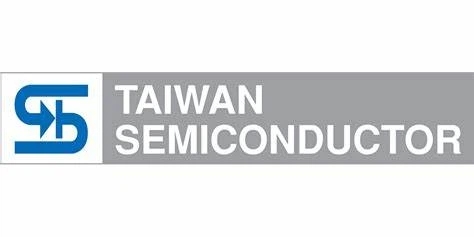

What are the main raw materials of electronic components?
The raw materials of electronic components are mainly metals (gold, silver, copper, iron, tin, lead, aluminum, etc.), nonmetals (various plastics, insulating materials and carbon) and semiconductors (silicon, germanium, phosphorus gallium arsenide, etc.).
Are electronic components as small as better?
The most obvious advantage of reducing the size of components is that more functions can be realized in the same volume, which is especially critical for digital circuits: more components enable you to do more things in the same time. For example, a 64 bit processor can theoretically complete eight times the information processing of an 8-bit processor at the same clock frequency. To achieve this, it also requires eight times the electronic components: registers, accumulators, bus width and other components will be increased by eight times. So you need to have a chip eight times the size, or the components that make up the circuit are eight times smaller.
The same is true for memory: smaller electronic components can store more information in the same volume. Now the pixels of the display are made of thin-film triodes, so reducing the size of the device can improve the resolution of the display. However, in addition, there is a more critical advantage from smaller transistors, that is, their performance is also more significantly improved with the reduction of volume.
How to distinguish the model of electronic component chip?
International Federation of electronics semiconductor device model nomenclature
Germany, France, Italy, the Netherlands, Belgium and other European countries, as well as Hungary, Romania, Yugoslavia, Poland and other Eastern European countries, all adopt the model naming method for semiconductor discrete devices of the International Federation of electronics. This naming method consists of four basic parts. The symbols and meanings of each part are as follows:
Part 1: use letters to indicate materials used in equipment. The band gap bandwidth of a-device materials is eg=0.6 ~ 1.0ev, such as germanium. Materials used in b-devices are eg=1.0 ~ 1.3ev, such as silicon. The material used in c-devices is eg>1.3ev, such as gallium arsenide. Electronic devices for d-eg composite materials and materials for photovoltaic cells
Part 2: type and main characteristics of equipment indicated by letters. A-detection switch mixer diode, b-variable diode, c-low-frequency low-power triode, d-low-frequency high-power triode, e-tunnel diode, f-high-frequency low-power triode, g-composite device and other devices, H-magnetic sensitive diode, open magnetic circuit k-hall element, l-high-frequency high-power triode, closed magnetic circuit m-hall element, p-photosensitive device, q-light-emitting device, r-low-power thyristor, s-low-power switch, t-high-power thyristor, U-high power switch, x-multiplier diode, y-rectifier diode, z-zener diode.
Part 3: the registration number is indicated by numbers or letters plus numbers. Three digits represent the registration number of general semiconductor devices, and one letter plus two digits represent the registration number of special semiconductor devices.
Part 4: classification of equipment of the same type and quantity using letters. A. B, C, D, e ┄ ┄ are signs indicating the classification of equipment of the same model according to certain parameters.
In addition to the four basic parts, suffixes are sometimes added to distinguish features or further classification.
What are the inspection techniques for electronic components?
1. Check the part number (whether it is different from the version of regular goods, and the printing technology and layout can also be checked)
2. Check whether the production date is correct (you already know the exact date of some batches of components)
3. Check the place of origin of the manufacturer (these facts can be easily investigated)
4. Check the pre welded pins (the results can be checked with a high-power optical instrument)
5. Check the packaging materials. There must be a clear difference between fake goods and original goods
6. Laser cutting line in component marking
7. Incorrect or incomplete manufacturer logo
8. Check whether the mark on the IC is printed with ink and can be easily wiped with acetone
What are active components and passive components?
Active component is a component that is obtained by or depends on the current direction. (examples of active components such as transistors, thyristors, diodes, valves, etc.)
Passive component is a component that performs specific functions without energy source. (examples of passive components include many resistors, capacitors, inductors, etc.)
In simple terms, devices that need energy (electricity) sources are called active devices, and devices that do not need energy (electricity) sources are passive devices.
Electronic components are widely used, such as industrial frequency converters, industrial electronic equipment, medical industry, automotive electronics, mobile phones, computers and many other electronic products around people's lives.
How does Taiwan semiconductor control product quality?
TSC and its sites around the world have achieved a number of industry certifications to emphasize the company’s commitment to delivering high quality and reliability to customers.
What is the minimum order quantity of Taiwan semiconductor?
We support customers' demand for sample orders. The batch orders are negotiated by both parties according to the minimum packaging quantity of each component.
Does Taiwan semiconductor product support customization?
If the order is large, we can negotiate.
How long can Taiwan semiconductor products be delivered?
spot commodity: delivery within 1~2 weeks;
Futures: negotiated according to the production schedule.
What are the payment terms of Taiwan Semiconductor?
T/T
What are horizon advantages over Taiwan semiconductor products?
We are a leading distributor of electronic components in China, providing OEMs and EMS with a wealth of semiconductor、interconnection、 passive and electromechanical components, as well as relevant design chain and supply chain support.
How long is the life of electronic components?
The service life depends on how it is used. If used properly, the service life of electronic components is about 5-10 years.
How to disassemble and weld components?
1. Direct disassembly of components with electric soldering iron
Among the components with few pins, such as resistors, diodes, triodes, voltage regulators and other components with 2-3 pins, electric soldering iron can be used to directly heat the component pins, and tweezers can be used to remove the components.
2. Remove components with manual tin aspirator
Use an electric soldering iron to heat the pin solder, and use a tin suction device to suck the solder. The disassembly steps are as follows: hold the electric soldering iron with a pen in your right hand, so that it has an included angle of about 35 ° with the horizontal circuit board. The left hand holds the tin suction device with a fist grip, and the thumb controls the tin suction button. It is appropriate to tilt the tin suction device to the left by about 5 ° in a nearly vertical state, which is convenient for operation.
First, adjust the temperature of the electric soldering iron, and it is appropriate that the solder joint tin can be ironed smoothly within 2S. Place the tip of the electric iron head on the solder joint to melt the solder joint. While removing the electric iron, place the tin suction device on the solder pad and press the tin suction button to suck the solder.
Where can I buy Taiwan semiconductor electronic components?
As the authorized agent of Taiwan semiconductor in Asia, horizon provides you with Taiwan Semiconductor's component products.
What factors affect the product cost of Taiwan Semiconductor?
The chip hardware cost includes four parts: wafer cost + mask cost + packaging cost + test cost. The formula is that the chip hardware cost = (wafer cost + mask cost + packaging cost + test cost) / final yield. Wafer is the raw material for manufacturing chips. The cost of wafer can be understood as the cost of the material (silicon wafer) used for each chip.
How much is Taiwan semiconductor product?
The price of the chip = the hardware cost of the chip + the design cost of the chip + the profit of the original factory. The internationally accepted chip pricing strategy is the 8:20 pricing method, that is, when the hardware cost is 8, the price is 20.
How to select appropriate electronic components?
The selection of electronic components generally follows the following principles:
1. The application environment, performance index and quality grade of the selected components shall meet the requirements of the product.
2. Standard components with stable quality, high reliability and long life cycle proven by practice shall be preferred. It is not allowed to select components that have been or will be discontinued. Carefully use non optimized components, non-standard components and newly developed components.
3. Select components from manufacturers with good reputation. The components with continuous production, timely supply and multi-channel supply are preferred.
4. Make clear the meaning of the model mark of components and provide complete component models.
5. The crystal seed, specification and manufacturer shall be compressed to the greatest extent, which is conducive to purchase and management.
Are SMD components better than plug-in components?
1. SMD components have small volume and light weight, and are easier to weld than plug-in components.
2. A very important advantage of SMD components is to improve the stability and reliability of the circuit; Because the SMD components have no leads, the stray electric and magnetic fields are reduced, which is particularly effective in high-frequency analog circuits and high-speed digital circuits.
What is the difference between active and passive electronic components?
1. basic definition of passive components: if there is no power supply in the electronic components when they are working, such components are called passive components. From the perspective of circuit properties, passive devices have two basic characteristics: they either consume electric energy or convert electric energy into other energy in different forms. Just input the signal, and you can
2. basic definition of active device: if there is power supply inside the electronic component when it works, it is called active device. From the perspective of circuit properties, active devices have two basic characteristics: they also consume electric energy. In addition to the input signal, there must be an external power supply before it can work normally.
What are the requirements for an excellent electronic component supplier?
Honesty, professionalism and enthusiasm
Horizon is a leading distributor of electronic components in China, providing OEM and EMS with a wealth of semiconductor, interconnect, passive and electromechanical components, as well as relevant design chain and supply chain support.
1. Core sales team and management team have an average of more than 10 years of experience in component product development and model selection.
2. The company has a professional futures and spot team. Its supply chain covers all parts of the world and maintains long-term and stable cooperation with global consumer product giants.
3. Passed ISO9001 quality management system certification.
- Tel:
- Mob:
- Email:
- Add:
